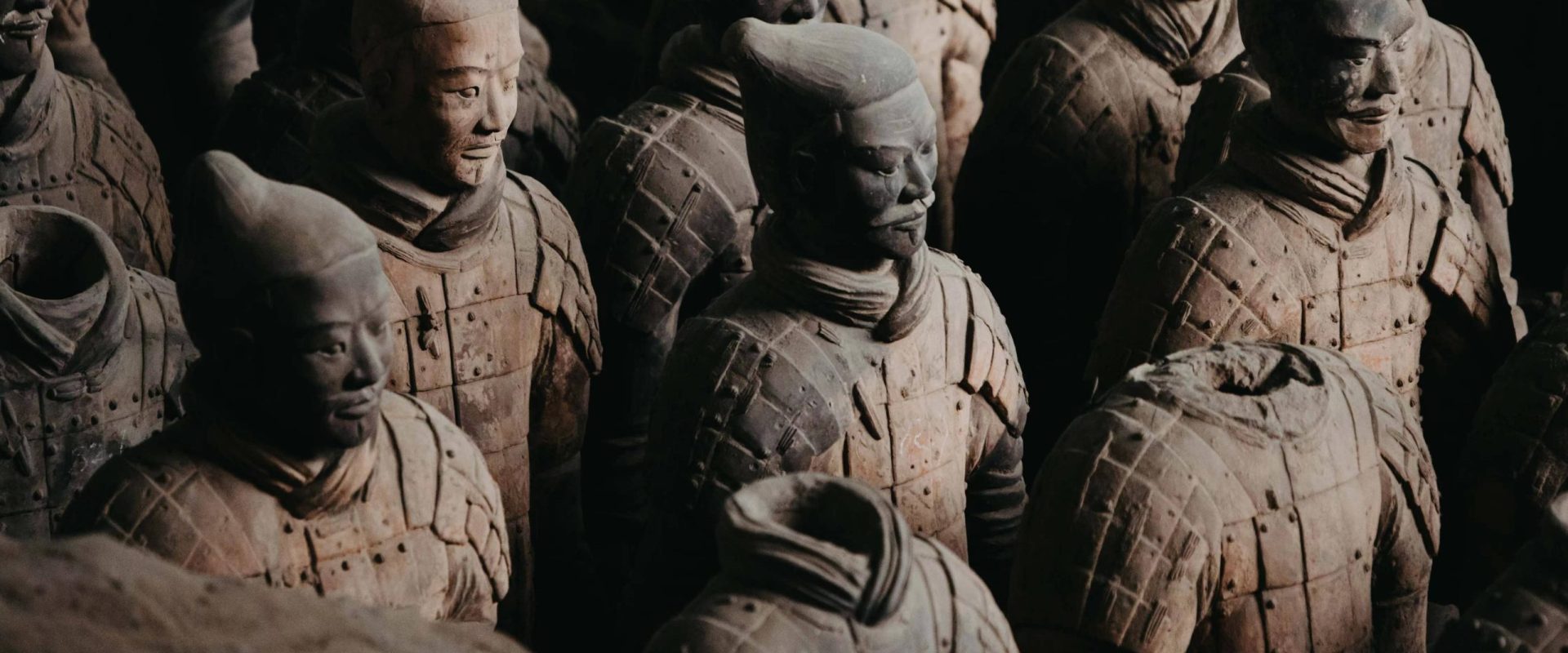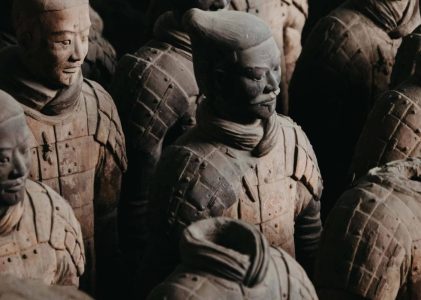Terracotta Warriors Pit 1
Terracotta Warriors, one of the most significant archaeological discoveries of the 20th century, attracts attention from historians, archaeologists, anf tourists from around the world. And among the three pits of the Terracotta army, Pit 1 is the largest and most impressive of the three pits that have been excavated.This article will provide a detailed introduction to Terracotta Warriors Pit 1, exploring its discovery, excavation, significance, and the remarkable craftsmanship that went into creating this ancient wonder.
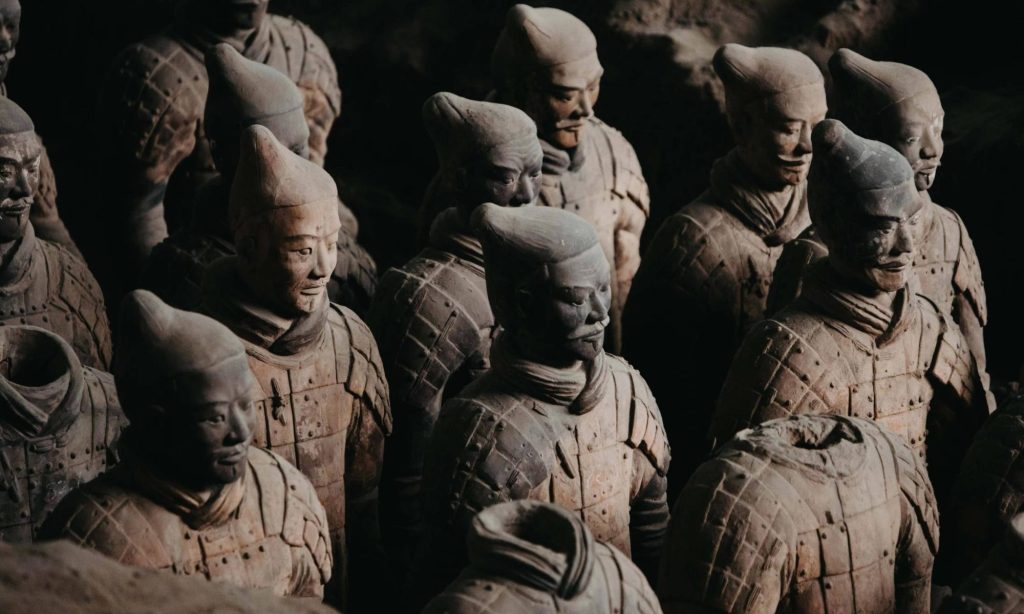
The Discovery of Terracotta Warriors Pit 1
The discovery of Terracotta Warriors Pit 1 was accidental and dramatic.
In a sunny day of March 1974, some local farmers who lived in the village of Xiyang, Lintong County planned to dig a well. When they start digging, one of them suddenly stumbled upon some clay fragments. They reported this discovery to authorities when realizing the significance of their find, and this is the beginning of terracotta warriors pit 1′ s excavation.
Early Excavations
Chinese archaeologists who conduct the intial excavations quickly realized the magnitude of their discovery. When they dug deeper, they uncovered rows upon rows of life-sized terracotta soldiers, each uniquely detailed and arranged in a battle formation. The site was soon recognized as part of the vast burial complex of Qin Shi Huang, the first Emperor of China, who reigned from 221 to 210 BCE.
Ongoing Excavations and Discoveries
Since its discovery, the excavation work of Terracotta Warriors Pit 1 never ends. Over fifty years, thousands of warriors, horses, chariots, and weapons have been unearthed from the pit 1. The scale of this ancient site is stunning — with an estimated 6,000 to 8,000 unique soldiers ( although many remain buried for future exploration) . The continuous discoveries and the meticulous work of archaeologists have provided invaluable insights into ancient Chinese military organization, art craftsmanship, and the history of the Qin Dynasty.
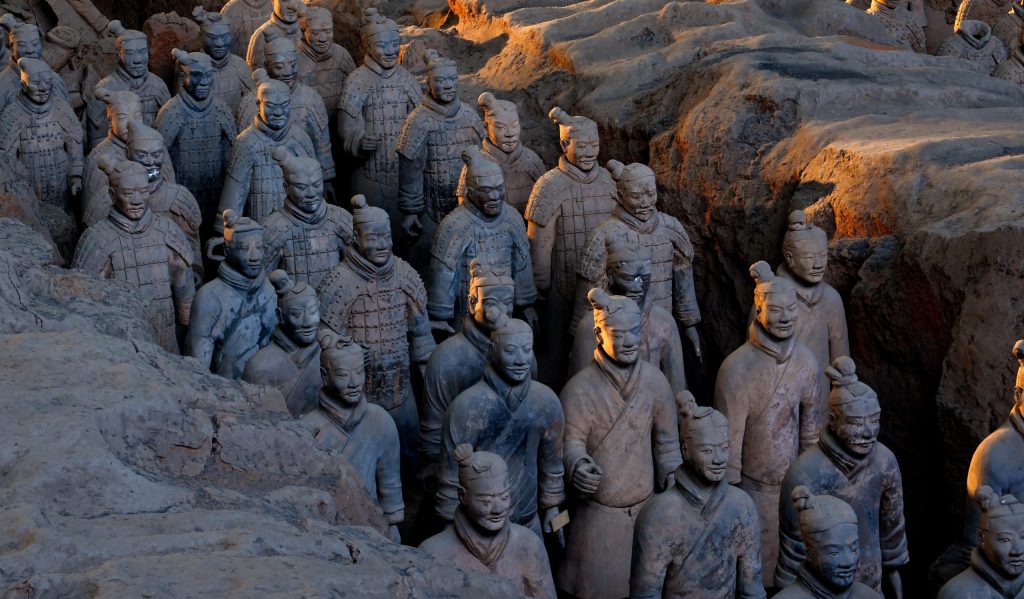
The Layout and Structure of Terracotta Warriors Pit 1
Terracotta Warriors Pit 1 is a massive underground chamber that measures approximately 230 meters long, 62 meters wide, and 4.5 to 6.5 meters deep. The pit is divided into eleven corridors, each filled with rows of warriors, chariots, and horses. The layout of Terracotta Warriors Pit 1 reflects a carefully organized military formation, indicative of the strategic prowess of the Qin army.
Corridors and Formations
The eleven corridors in Terracotta Warriors Pit 1 are lined with wooden structures supported by earth walls. These corridors are covered with wooden planks, reed mats, and a layer of soil, creating a sealed environment that has helped preserve the terracotta figures for over two millennia. The soldiers are arranged in precise formations, with infantry, cavalry, archers, and charioteers positioned according to their roles in the army.
Infantry
The majority of the warriors in Terracotta Warriors Pit 1 are infantry soldiers. These figures are typically positioned in battle-ready stances, holding weapons such as spears, swords, and crossbows. The infantry is divided into different ranks, with the front rows consisting of armored soldiers and the rear rows comprising unarmored troops. This strategic arrangement mirrors the actual military tactics of the Qin Dynasty, emphasizing both offense and defense.
Cavalry and Charioteers
Cavalry and charioteers play a crucial role in the layout of Terracotta Warriors Pit 1. The cavalry units are alongside their terracotta horses, ready for combat. The charioteers, on the other hand, are positioned with their chariots and horses, often in the central and rear sections of the pit. These figures highlight the importance of mobility and strategic maneuvering in ancient Chinese warfare.
Archers
Archers are strategically placed throughout Terracotta Warriors Pit 1, with a significant concentration in the outer corridors. These figures are depicted in kneeling and standing positions, ready to unleash a barrage of arrows upon the enemy. The inclusion of archers in the pit underscores the comprehensive military planning and the diverse capabilities of the Qin army.
Commanders and Officers
In addition to the rank-and-file soldiers, Terracotta Warriors Pit 1 features commanders and officers who are distinguishable by their distinct attire and posture. These figures are often positioned at strategic points within the pit, overseeing the troops and directing the battle formation. The presence of commanders and officers adds a layer of hierarchy and organization to the terracotta army, reflecting the structured nature of the Qin military.
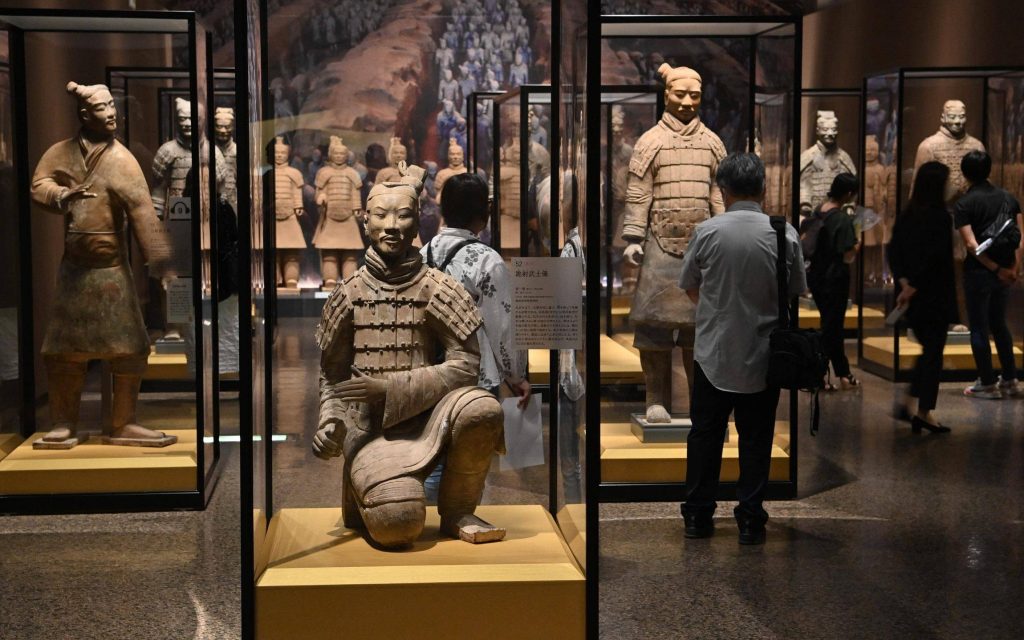
The Craftsmanship and Artistry of Terracotta Warriors Pit 1
The craftsmanship and artistry that went into creating the figures in Terracotta Warriors Pit 1 are nothing short of extraordinary. Each warrior is unique, with distinct facial features, hairstyles, and expressions. The level of detail in the armor, clothing, and weaponry showcases the remarkable skill of the artisans who created these figures.
The Creation Process
The creation of the terracotta warriors involved a combination of mass production techniques and individual craftsmanship. The figures were made using a mold-based process, where different parts of the body were molded separately and then assembled. Once assembled, artisans would add unique details and finishing touches by hand, ensuring that no two warriors were identical.
Molding
The bodies of the warriors were typically made in sections, including the head, torso, arms, and legs. These sections were molded separately using clay and then assembled to form the complete figure. The joints were carefully crafted to ensure stability and durability. After assembly, the figures were dried and fired in kilns at high temperatures to harden the clay.
Detailing and Finishing
Once the basic structure of the warriors was complete, artisans added intricate details to each figure. This included sculpting facial features, applying textured patterns to the armor and clothing, and attaching accessories such as belts and weapons. The attention to detail in the facial expressions and individual characteristics of each warrior is particularly noteworthy, showcasing the artisans’ ability to capture a diverse range of human features.
Painting and Coloring
Originally, the terracotta warriors were painted in vibrant colors, although much of the paint has faded over the centuries. The figures were coated with a layer of lacquer before being painted with pigments derived from natural minerals. Colors such as red, blue, green, and yellow were used to add lifelike details to the warriors, enhancing their realism and visual impact.
Preservation Challenges
One of the significant challenges in the preservation of Terracotta Warriors Pit 1 is the delicate nature of the original paint. Exposure to air and humidity causes the lacquer and pigments to deteriorate rapidly. Modern conservation efforts aim to stabilize the figures and protect the remaining paint, allowing future generations to appreciate the artistry and craftsmanship of the terracotta warriors.
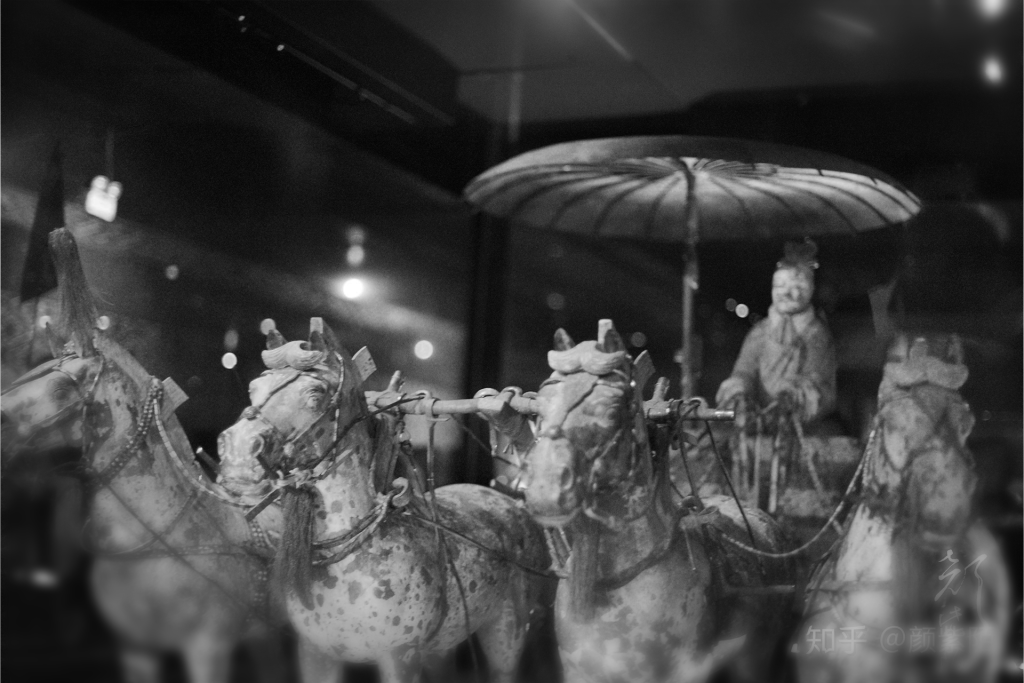
The Significance of Terracotta Warriors Pit 1
Terracotta Warriors Pit 1 holds immense historical, cultural, and archaeological significance. It provides a window into the military might and artistic achievements of the Qin Dynasty, offering valuable insights into ancient Chinese society and the ambitions of its first emperor.
A Symbol of Imperial Power
The terracotta army was created to accompany Emperor Qin Shi Huang in the afterlife, serving as both a protective force and a symbol of his imperial power. The scale and intricacy of Terracotta Warriors Pit 1 reflect the emperor’s desire to demonstrate his authority and ensure his continued rule beyond death. The terracotta warriors are a testament to the centralized power and resources of the Qin Dynasty, capable of mobilizing thousands of artisans and laborers to create this monumental project.
Insights into Ancient Chinese Warfare
Terracotta Warriors Pit 1 provides valuable insights into the military organization and tactics of ancient China. The arrangement of the soldiers, the diversity of their weaponry, and the presence of different military units offer a detailed picture of how the Qin army operated. This information has been instrumental in understanding the military innovations and strategies that contributed to the unification of China under Qin Shi Huang.
Cultural and Artistic Achievements
The terracotta warriors are a remarkable achievement in both art and craftsmanship. The level of detail and individuality in each figure highlights the advanced techniques and artistic skills of the artisans. The use of mass production methods combined with individualized finishing touches demonstrates a sophisticated understanding of both efficiency and artistry. Terracotta Warriors Pit 1 stands as a testament to the cultural and artistic achievements of the Qin Dynasty.
An Archaeological Marvel
Terracotta Warriors Pit 1 is one of the most significant archaeological discoveries of the 20th century. The excavation and preservation of the site have provided a wealth of information about ancient Chinese society, technology, and art. The ongoing research and discoveries continue to shed light on the complexities of the Qin Dynasty and its impact on Chinese history.
Visiting Terracotta Warriors Pit 1
Terracotta Warriors Pit 1 is one of the most popular tourist attractions in China, drawing millions of visitors each year. The site is part of the larger Terracotta Army Museum( which includes Pits 2 and 3, as well as the Qin Shi Huang Mausoleum )The visiting to Terracotta Warriors Pit 1 is a unique opportunity to witness one of the greatest archaeological finds in history and to gain a deeper understanding of ancient Chinese culture.The Terracotta Army Museum complex is located approximately 40 kilometers east of Xi’an. It covers an area of over 16,300 square meters and includes several exhibition halls, the excavation pits, and the mausoleum of Qin Shi Huang.
The museum provides detailed information about the history, discovery, and significance of the terracotta warriors, enhancing the visitor experience.The exhibition halls at the museum showcase a variety of artifacts related to the terracotta warriors and the Qin Dynasty. These include weapons, tools, pottery, and other items discovered during the excavations. The exhibits provide context and background information, helping visitors appreciate the historical and cultural significance of Terracotta Warriors.For the terracotta warriors tour, you may simply find us get a quote or visit the tripadvisor to make your trip.


